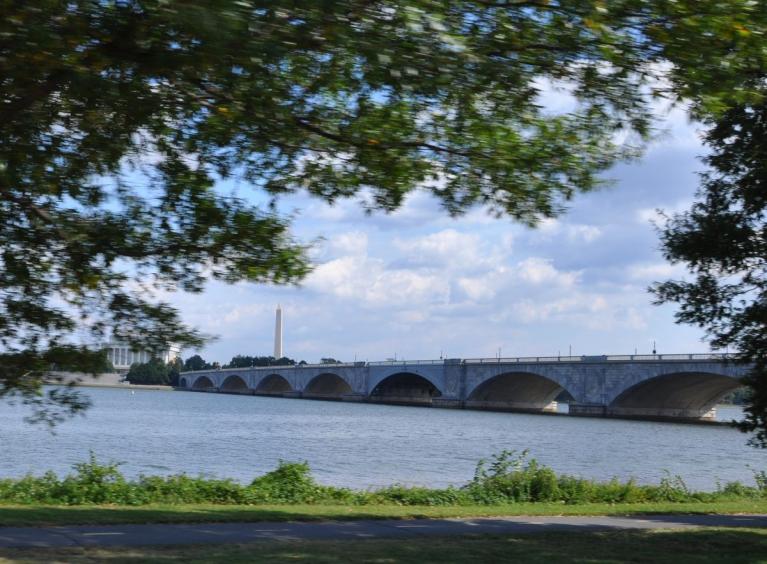National Park Service approves DC Water’s Potomac River Tunnel project to improve water quality

The National Park Service (NPS) has completed an Environmental Assessment (EA) and approved DC Water’s proposal to move forward with construction of the Potomac River Tunnel project. The proposed project, primarily on NPS land in northwest D.C., will improve water quality and reduce combined sewer overflows (CSOs) to the Potomac River. The Potomac River Tunnel is part of DC Water’s Clean Rivers Project.
The Potomac River Tunnel will reduce the volume of CSOs by 93%, and the frequency of overflow events from approximately 74 to 4 events in a year of average rainfall. The project includes construction of diversion facilities and other supporting infrastructure to intercept CSOs from the existing combined sewer system and divert them to the tunnel when existing sewer system capacity is exceeded during storms. Once diverted to the tunnel, excess flows will be carried by gravity to DC Water’s Blue Plains Advanced Wastewater Treatment Plant.
“We have seen the Anacostia River Tunnel with its tremendous performance, bring a resurgence to that river and its banks,” said DC Water CEO and General Manager David L. Gadis. “We know that the projects we have planned for the Potomac will dramatically improve the health of the river and the quality of life for those who enjoy it. Cleaner rivers invite more recreation and entertainment as well as economic vitality.”
Because this project primarily takes place on NPS land, an Environmental Assessment (EA) was completed. The NPS evaluated two alternatives, a no-action alternative and an action alternative for the tunnel project. A Finding of No Significant Impact (FONSI) was signed by the NPS Acting Director, Region 1 - National Capital Area on March 30, 2020, selecting the construction of the Potomac River Tunnel as the preferred alternative and concluding the National Environmental Policy Act (NEPA) process.
“Clean water is vital to plants, animals, parks, and people who live, work and play nearby,” acting NPS National Capital Area Director Lisa Mendelson-Ielmini said. “After seeing the remarkable early success of the tunnel on the Anacostia River, it’s exciting for us in the National Park Service to think about the possibilities for the Potomac.”
This next phase of the DC Clean Rivers Project will build upon the success of similar projects implemented for the Anacostia River, which have already captured over 7 billion gallons of combined sewage since being placed in operation in 2018. Overall, the DC Clean Rivers Project will reduce the volume of CSOs to District waters by 96% upon its completion in 2030.
The FONSI, EA, and the National Historic Preservation Act Section 106 Programmatic Agreement executed between NPS, DC Water, the DC Historic Preservation Office, and the National Capital Planning Commission are available here.
For more information about the project, please contact DC Clean Rivers Project Public Outreach at (202) 787-4142 or send an email to dccleanrivers@dcwater.com







